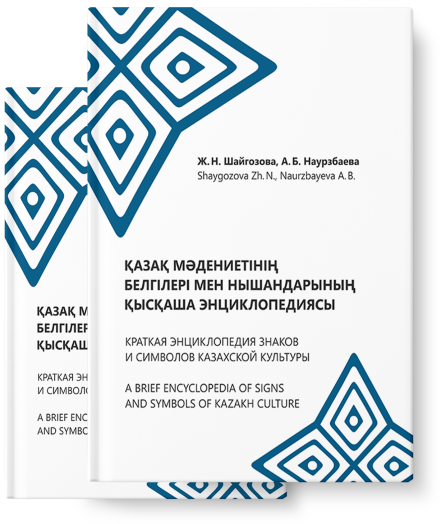
A short encyclopedia of
Signs and symbols of
Kazakh culture

Saz (clay) is endowed with a sacred property in Turkic natural philosophy. Its properties have been known to mankind since ancient times. In world culture, clay was the first material used for the representation of deities, the production of tableware and other utensils, and for the construction of the first dwellings built by man. The idea that God created man from clay is found in all cultures of the world. In Sumer (4th-3rd millennium B.C.), people believed in the mighty water god Enki: he invented the creation of man, and the goddess Ninmakh and the goddess of birth fashioned from clay not only man but also his destiny. The ancient Egyptian fertility god Khnum created man from clay on a potter’s wheel. Turkic culture stands out from the general world understanding of the concept of creation of man from clay by its specific peculiarity. According to it, the human body is made of clay, blood of water, lungs of atmosphere and heat of fire, while the Tengrian esotericists interpreted clay as a dense form of fire.
The phenomenon of craftsmanship in every traditional culture preserves the mythopoetics of the cosmic act of creating the human body from clay and is projected onto earthly space when a clay object is created, be it a bowl or something else. This symbolically represents the act of creation and the master craftsman in the role of creator.

